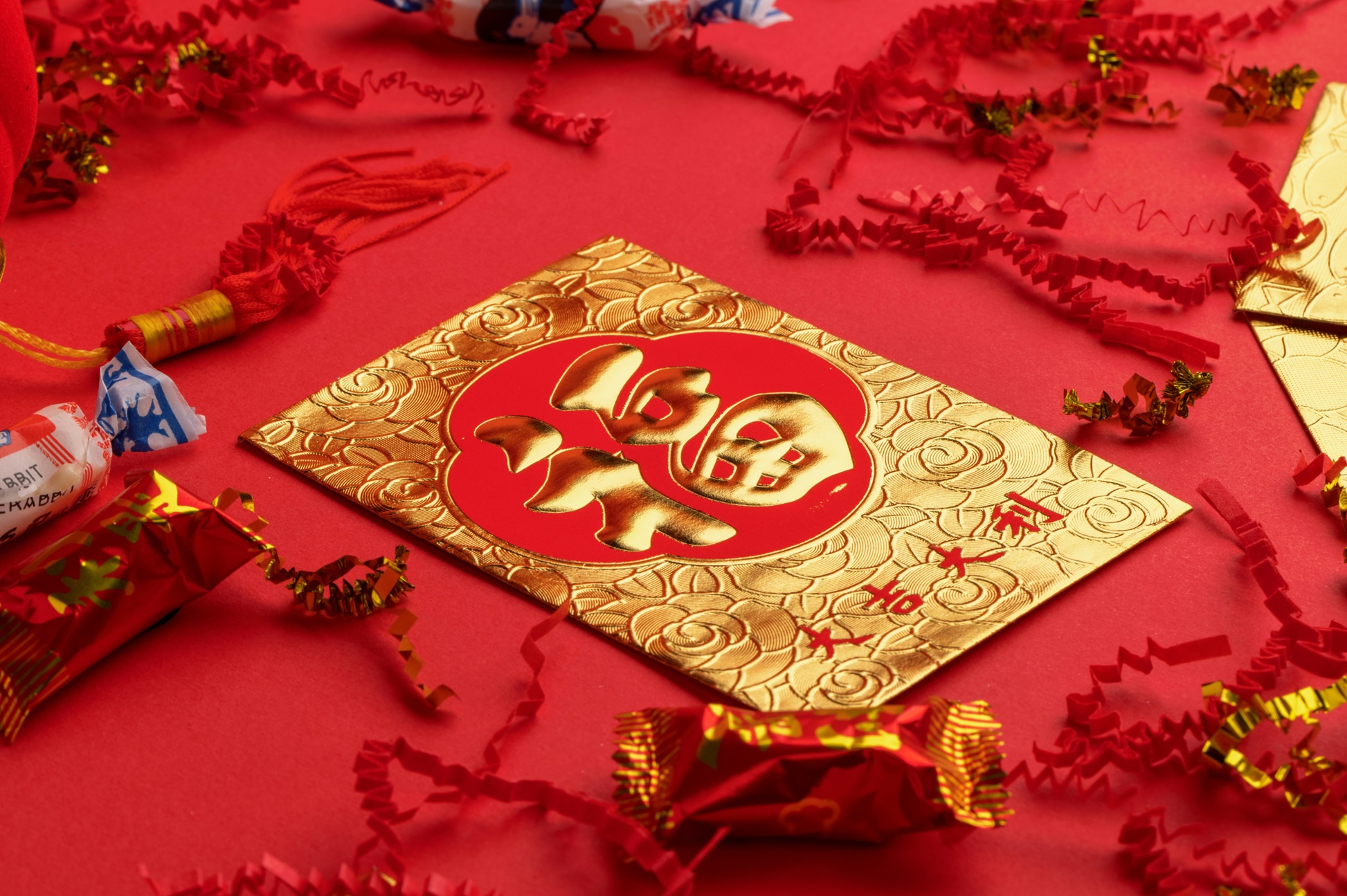
“Gong Xi Fa Cai” basically translates to “Congratulations on your windfall”, and for kids celebrating Chinese New Year (CNY), Angbao money is a windfall that comes every year.
But just like gamblers who hit the jackpot often end up squandering their windfall, some children may squander their Angbao money.
However, this also presents parents with an opportunity: Could this windfall be used to teach your child to be responsible with money?
#1 Learn To Count Every Dollar
As Singapore moves towards a cashless society , children have less chances to interact with physical money. Money, to children, may not be anything more than a number on the screen, which makes it harder for them to understand how much it is worth.
One good way to help children appreciate the value of money is by asking them for help to count their Angbao money. This is a good chance to apply their Primary School mathematics skills in the real world and also presents a good opportunity for you to talk to them about how much it is worth. Some examples of what you could talk about could be how long they would have to flip burgers to earn that sum, or how many days’ worth of pocket money allowances this could be worth.
At the end of the counting exercise, you can also ask them double-check each Angbao before throwing away the Angbao envelopes. While your kids would likely not find any extra money inside, it’s a good way to impress upon them the message that every dollar counts.
Read Also: Why I Plan To Give Out “Not So New” Notes For Chinese New Year Red Packet Gifting
#2 Budget To Save
Teaching your child to budget isn’t just about teaching them how to save, but also about teaching them how to spend with discipline. This requires a sensible plan, setting aside a sum for saving before portioning out some money to spend.
A good budget plan should include a consideration of needs and wants. Arguably, most parents will have to provide for their child’s needs up to a certain age. However, budgeting Angbao money together with your child could still be an excellent opportunity to have this conversation before gradually releasing responsibility for budgeting plans to the child as they get older.
After the plan is made, it is important to teach your child how to stash away the sum allocated for saving. For a younger child, it may suffice to have the sum saved up in a piggy bank. For an older child, this might be a good chance to set up a bank account and teach them to interact with ATMs or iBanking.
Read Also: Guide To Choosing The Best Child’s Savings Account In Singapore
#3 Spend Wisely
One good idea is to spend the Angbao money with your child, or plan what to buy with them.
This is a good way to steer younger children away from making unsavoury purchases and to teach them how to differentiate between their needs and wants.
For older children, it is also a good chance to teach them how to stretch the dollar. For example, you can teach them how to evaluate between experiences or items worth spending on, and how to choose to purchase those items when they are on discount.
Read Also: How Should Starbucks One-For-One Discounts be Shared?
#4 Save to Invest
Children will naturally see saving as expenditure needlessly delayed. Why should I save my money only to spend it later when I can spend it now?
While the lesson on delayed gratification is an important one, what is equally vital is teaching your children the concept of investing. This means explaining to them how investing and earning compound interest can make money their money grow quickly. This is the object lesson of the marshmallow challenge where one marshmallow is worth two if you wait for ten minutes, and two is worth four if you wait another ten minutes.
For younger children, it may perhaps suffice to have the money placed in a savings account or fixed deposits where their money can grow slightly each year. For older children, parents can consider letting their children experience investing through a demo account through which they can experiment with investing strategies, and when they are of age, some Angbao money can be used to fund the account to give them experience managing small sums of money.
Getting your children to start investing younger means that they have more time in the markets, and it also means that when they start working, they already have the skills necessary to hopefully make better investment decisions.
Read Also: Investing For Your Children: How You Can Help Your Kids Get Started On Investing
Starting Young
It is better for children to have the chance to manage money from young and be able to make money mistakes while they’re at it. The mistakes are relatively inconsequential, but with proper guidance, the lessons learnt will inculcate good money habits which will serve them well in the future.
Listen to our podcast, where we have in-depth discussions on finance topics that matter to you.


